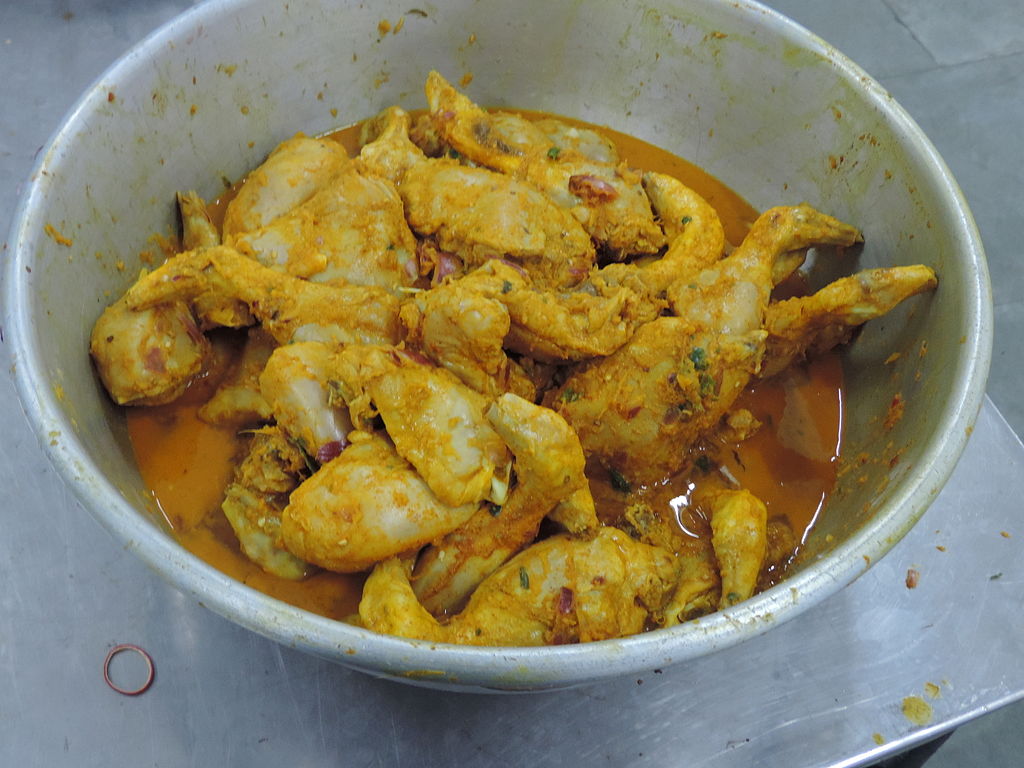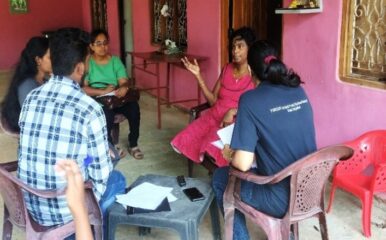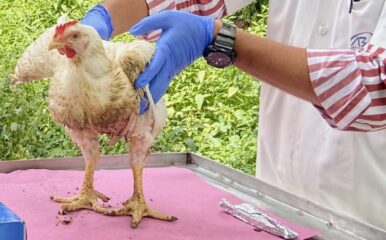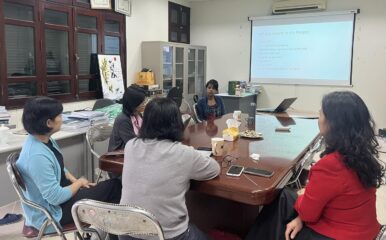
Is confidence in dressed and processed poultry in Bangladesh misplaced?
Published on 18/07/2023

Laudia Tysara
Dressed and processed poultry production is a growing food sector in Bangladesh. It is fuelled by consumer desire for food safety and a perception, particularly among city dwellers, that these products are safer than traditional poultry selling through the country’s live bird markets that exist in every village, town, and city.
However, foodborne disease from pathogens including Salmonella and Campylobacter causes approximately 600 million cases and 420,000 deaths annually every year around the world, of which about 30% of deaths occur in children under five of years of age, thus consumer concern is understandable. Research into this area is extremely important for Bangladesh context.
In early 2020, I was supposed to start my PhD in Australia, but it was delayed due to COVID-19-associated border restrictions. At that time, Professor Ahasanul Hoque, National Coordinator of the One Health Poultry Hub in Bangladesh, raised the idea of exploring the dressed and processed poultry production and distribution chains in Bangladesh as this had not been done previously. It seemed a good way to spend this unexpected extra time in my home country.
Our initial survey of the sector found that 11 well-known poultry companies and a few supermarkets in Bangladesh were marketing dressed poultry. However, it was very difficult to reach out to the companies for interview; with help from Rashed Mahmud and Professor Hoque, we managed to interview a few of them. The information we gathered through these interviews was useful and eye-opening. It revealed that what we had assumed about the safety of dressed and processed poultry products was not necessarily true for all companies.
Laboratory testing
We found that most well-known companies have established and registered slaughterhouses, and mostly use their own managed flocks, to produce dressed poultry. However, two of the well-known companies do not have their own flock but collect poultry from independent farms or from dealers.
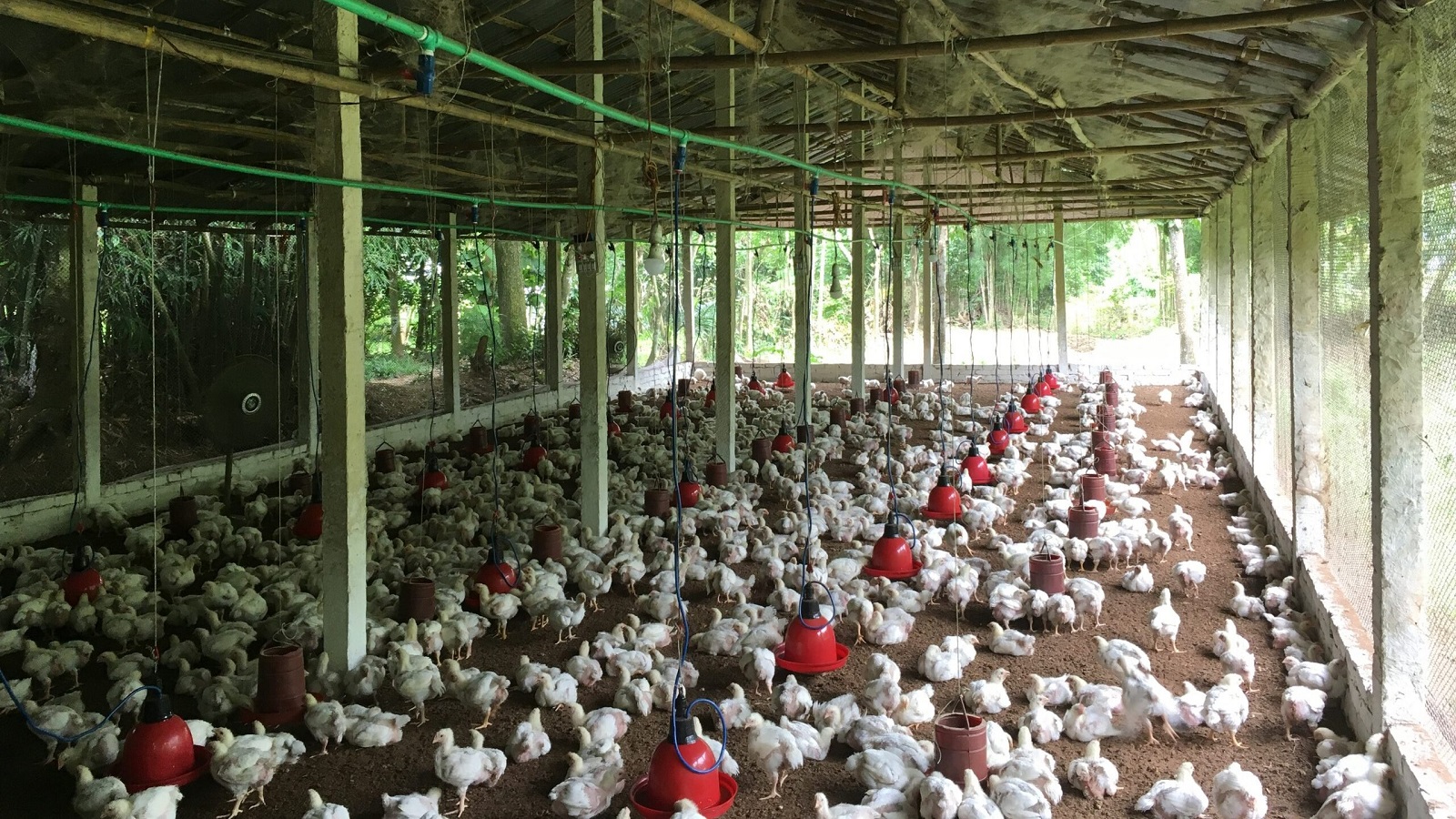
While most of these companies operate their own laboratories to maintain the quality of these products, one of the companies was marketing its products having undertaken no lab tests as they had no laboratory facility at the time of interview.
Another concern regarding laboratory testing was that different companies tested for different micro-organisms, depending on the demand of their fast-food company clients, e.g; KFC, BFC etc.
Despite these findings, one thing was clear from our interviews, and this was that companies were trying hard to maintain product quality as much as possible. We were fortunate to interview a representative of the largest supermarket chain in Bangladesh, along with representatives from other well-known supermarkets.
Cleaning and disinfection
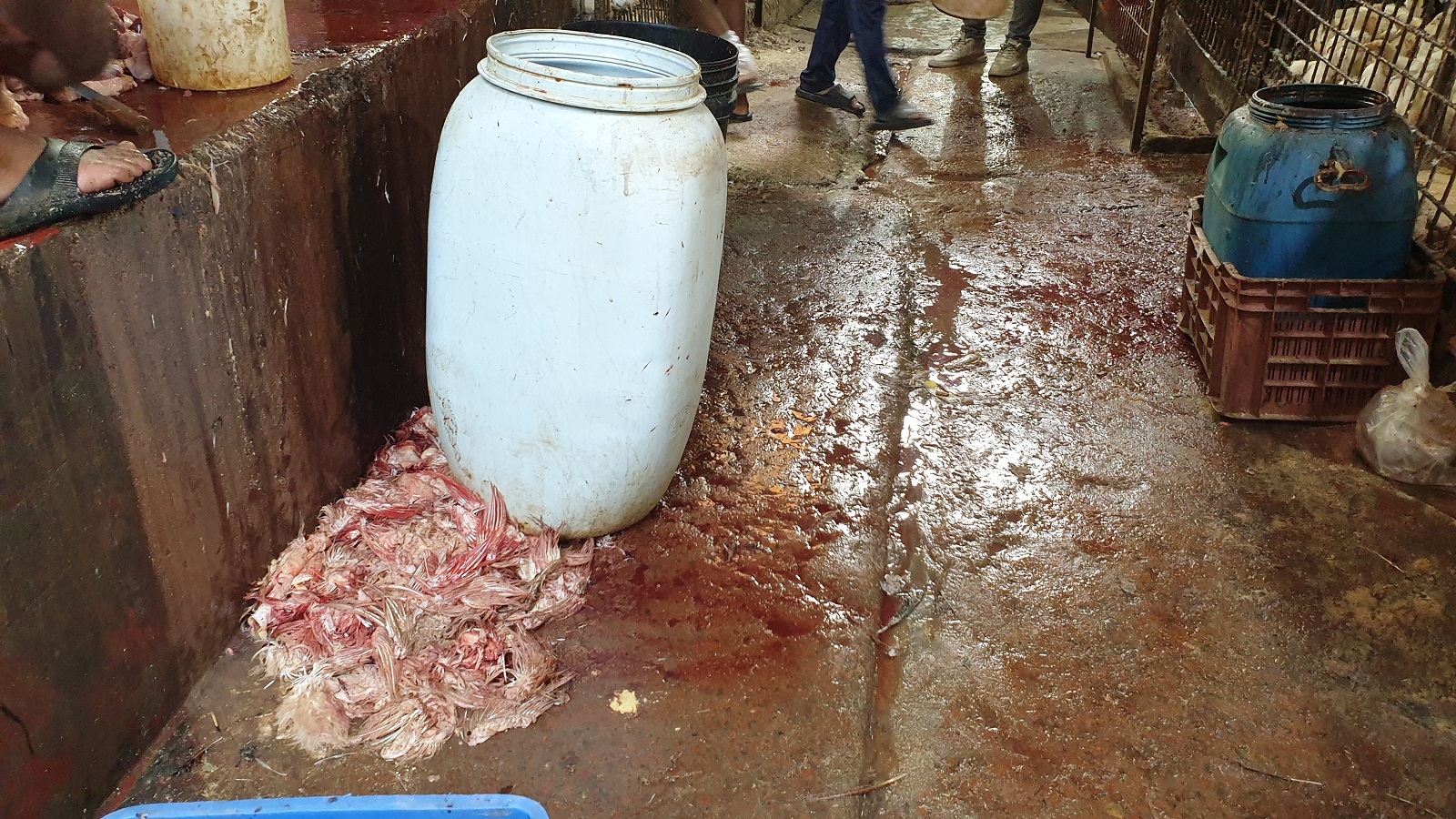
The interviews told us that most dressed poultry sold by supermarkets were procured from live bird markets or from suppliers. Suppliers did not have defined procedures for cleaning and disinfection of their unregistered slaughterhouses and their vehicles. Moreover, both dressed poultry and live poultry were often kept in close proximity to each other in supermarkets outlets. Though the live bird cages had ventilation pipes connected to the outside of the shop, live birds were handled by the same staff who handled dressed poultry.
In addition, the supermarkets mainly depended on the visual appearance of poultry products (colour, texture and smell) rather than doing any microbiological tests themselves or requesting laboratory results from their sources, as the sources were mostly suppliers and live bird markets.
Food safety legislation
Our study showed how the dressed poultry production and distribution channels overlap with traditional networks via live bird markets. Thus, consumer confidence that dressed poultry sold in supermarkets has lower food safety risk than poultry sold in live bird markets cannot be guaranteed – and may even increase the risk of foodborne disease from these supermarket products.
Our research also identified several risky practices and varying standards of quality checks and controls among the stakeholders – poultry companies, slaughterhouses and supermarkets – involved in producing dressed and processed poultry, which lead us to question this perception of safety. It has highlighted the need to enforce existing food safety legislation in Bangladesh and for this to take place in parallel with awareness campaigns aimed at consumers emphasising the need to properly cooking dressed poultry and poultry products to prevent foodborne diseases.
Food safety research
